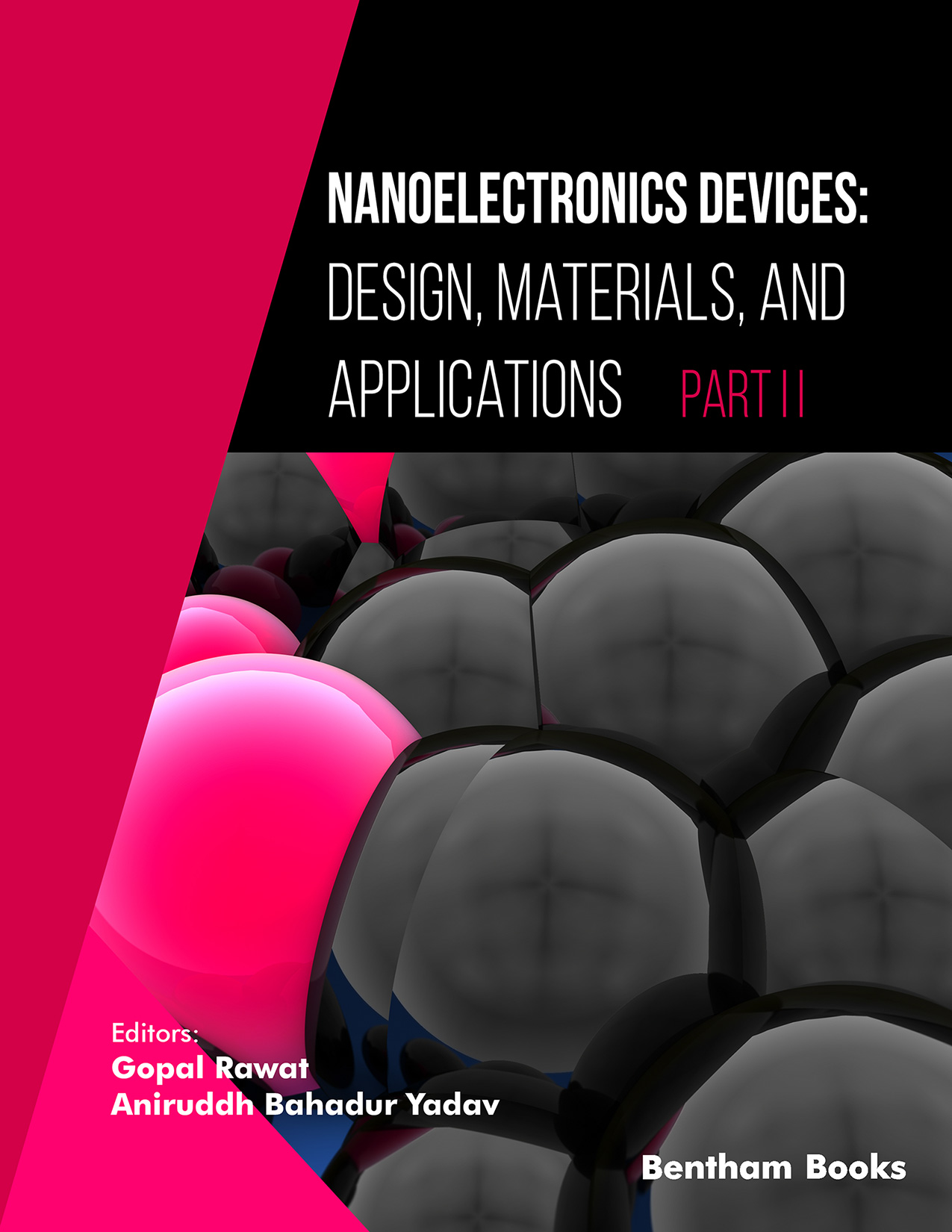Introduction
Nanoelectronics Devices: Design, Materials, and Applications provides information about the progress of nanomaterial and nanoelectronic devices and their applications in diverse fields (including semiconductor electronics, biomedical engineering, energy production and agriculture). The book is divided into two parts. The editors have included a blend of basic and advanced information with references to current research. The book is intended as an update for researchers and industry professionals in the field of electronics and nanotechnology. It can also serve as a reference book for students taking advanced courses in electronics and technology. The editors have included MCQs for evaluating the readers’ understanding of the topics covered in the book.
Topics Covered in Part 2 include applications of nanoelectronics for different devices and materials.
- - Photonic crystal waveguide geometry
- - 8kW to 80kW power grids with simple energy storage systems
- - Two-dimensional material and based heterojunctions like MoS2 /graphene, MoS2 /CNT, and MoS2 /WS2,
- - 5G communication material
- - Wearable devices like electronic skin, intelligent wound bandages, tattoo-based electrochemical sensors
- - PEDOT: PSS-based EEG
- - New materials for medicine
Audience: Researchers and industry professionals in the field of electronics and nanotechnology; students taking advanced courses in electronics and technology.

